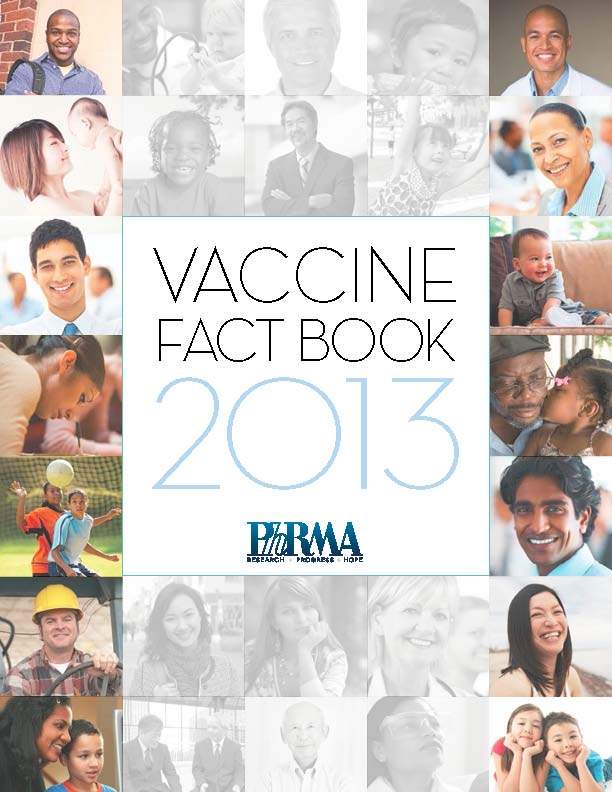Vaccine fact book 2013

A proverb in many languages is that prevention is better than cure. This idea is central to the
development of vaccines, which have transformed human health since the time of Jenner in the
late 18th Century. Smallpox has been eradicated, polio largely controlled and measles and rubella
have been targeted for elimination. Bacterial meningitis is becoming rare in countries that vaccinate
their children. Acquisition of hepatitis A and B can now be prevented, and vaccination against
the main viral cause of death due to infantile diarrhea and dehydration is now being disseminated.
Reduction of pneumonia is now possible both in infants and in the elderly. Several forms of cancer
caused by viruses can now be prevented. All of this and more has been accomplished through the
deployment of vaccines, particularly in the last 50 years.
Governments have reasons to promote vaccination: aside from humanitarian concerns, better
health of a population lowers medical costs and is associated with broad economic benefits.
Therefore, the vaccine industry has been growing in importance and new companies are springing
up in developing countries, often in association with western manufacturers. Many governments
consider vaccine production to be a precious resource to control epidemics of new types of influenza
and other emerging infections. Industrialized as well as poor countries will want their people to
have access to preventive measures that make life better and safer.
However, many infectious diseases remain uncontrolled and vaccines for them are needed. Unfortunately,
some of these diseases are complex and vaccine development will not be easy. However,
new techniques and strategies of vaccine development are being constantly developed and those
tools, such as molecular, systems and structural biology are likely to allow progress against the
difficult targets. Indeed, basic research is the foundation on which vaccinology is built.
This book seeks to explain to non-specialists what vaccines do, how they are developed, how
they are given and what results have been obtained when they are routinely used. It is a dramatic
and impressive story, but not well understood by the general public. Yet this story has
been unfolding over the last 200 years. Those interested in history may also consult the website
historyofvaccines.org.
A book about vaccines for non-scientists is particularly important for developed countries like
the United States, in which many diseases have been controlled and therefore their seriousness
underestimated when decisions about vaccination are made. If eternal vigilance is the price of
liberty, then constant protection by vaccination is the price of good health.
Stanley A. Plotkin, MD
Emeritus Professor of Pediatrics
University of Pennsylvania




 京公网安备 11010802022153号
京公网安备 11010802022153号
顶一下,感谢分享,
顶一下,感谢分享!
顶一下,感谢分享!
顶一下,感谢分享!